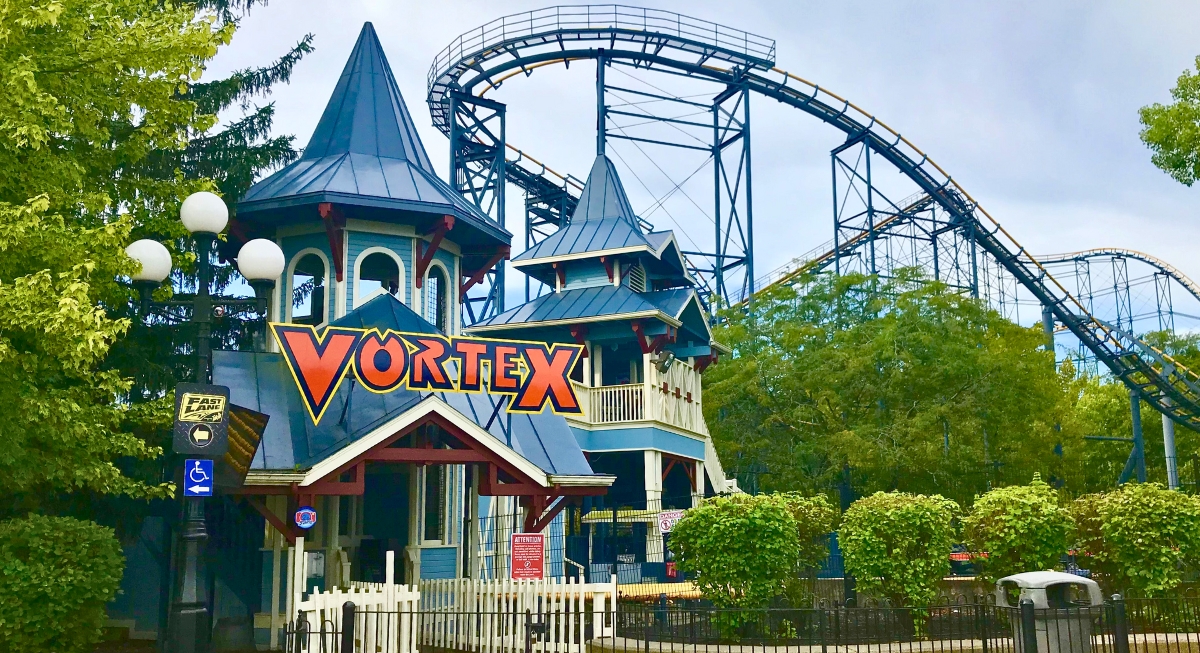Before thrill rides took over, many park favorites were built around weird ideas, simple mechanics, and low-tech fun. They gradually disappeared as budgets shrank, rules changed, and visitors started expecting more for their money.
You don’t always notice when an attraction vanishes. Years later, someone brings it up, and you realize you haven’t seen one in decades. Here are some examples.
Jaws – Universal Studios Florida
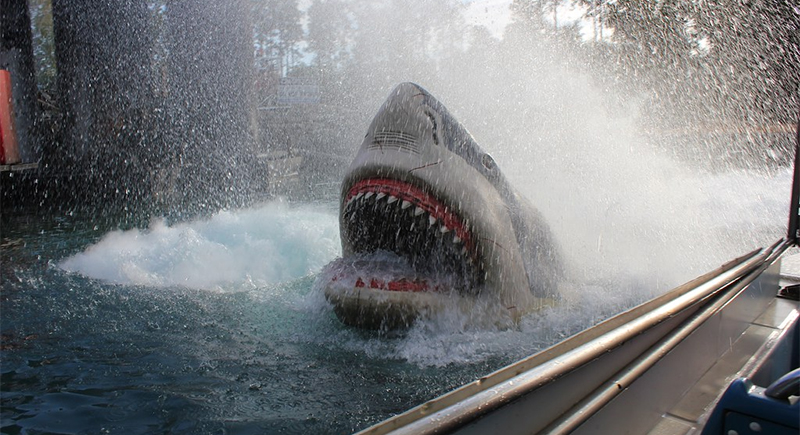
Credit: flickr
Universal built a full-scale waterfront for this attraction, where animatronic sharks lunged from the water, timed with bursts of fire and loud crashes. The company closed Jaws in 2012 to make way for The Wizarding World of Harry Potter—Diagon Alley. Unlike faster rides, Jaws focused on timing and atmosphere by relying entirely on practical effects.
Dragon Challenge – Universal Orlando
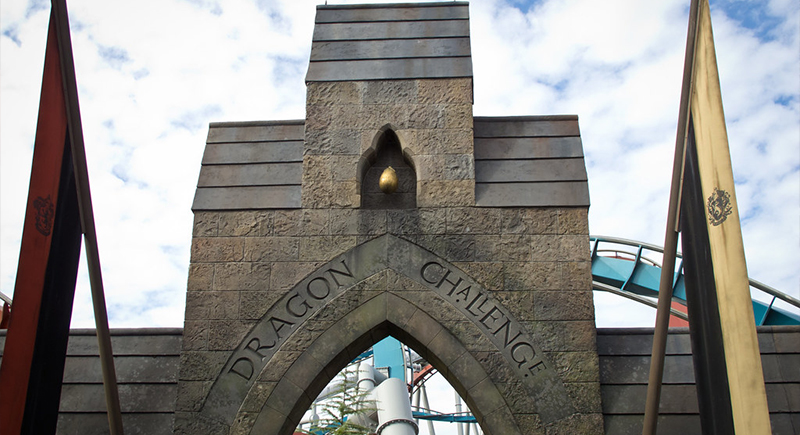
Credit: flickr
This ride was essentially two intertwined coasters launched side by side, racing between loops with tight passes that brought riders just feet apart midair. A series of guest injuries tied to loose objects followed, and the park removed the synchronized launch. Once that defining feature disappeared, so did most of the appeal.
River Country – Walt Disney World
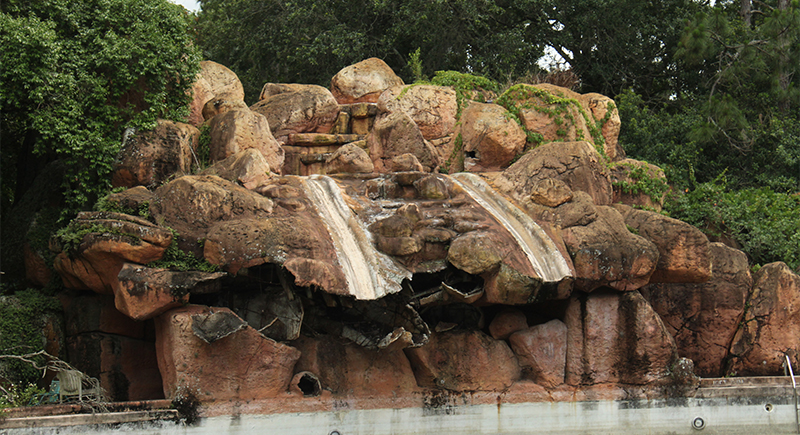
Credit: Wikimedia Commons
River Country was modeled after an old-fashioned swimming hole and really leaned into a rustic aesthetic with rock walls and water. It opened at a time when that style felt adventurous, but the use of lake-filtered water fell out of step due to evolving safety expectations. Disney closed the park in 2001.
Kingda Ka – Six Flags Great Adventure
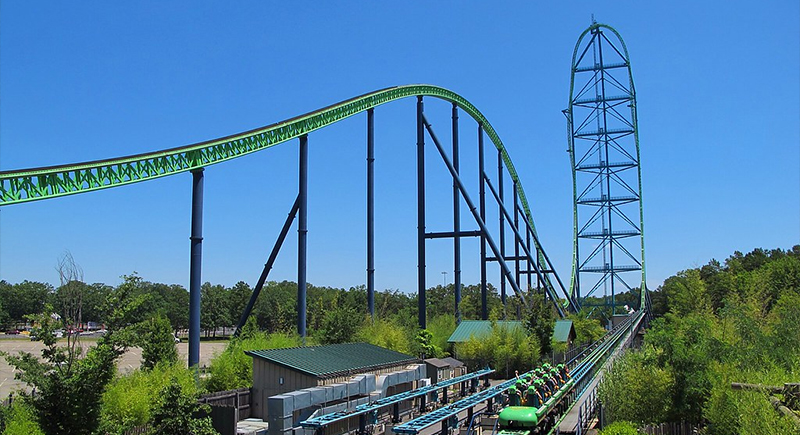
Credit: flickr
Reaching 456 feet in the air, Kingda Ka launched people vertically through a hydraulic system that often stalled. It was built to top every stat sheet and held both height and speed records at launch.
Back to the Future: The Ride – Universal Studios
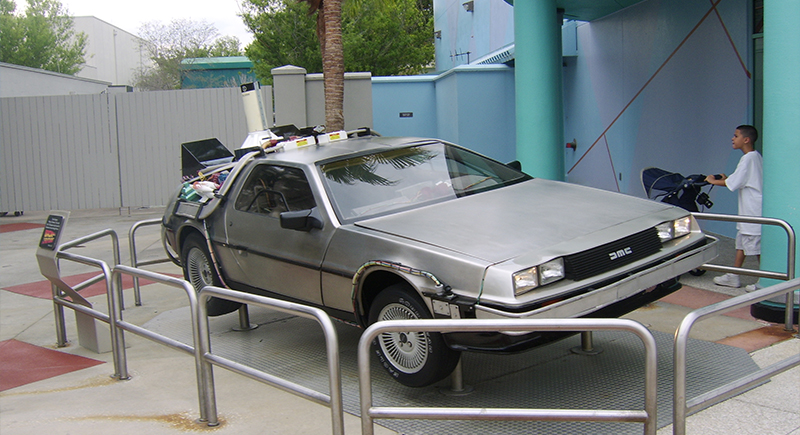
Credit: Wikimedia Commons
Visitors climbed into a DeLorean for a time-traveling chase led by Doc Brown, projected on a large dome screen that surrounded the motion-simulator seats. It was one of Universal’s earliest IP-based attractions and remained popular for years.
Son of Beast – Kings Island
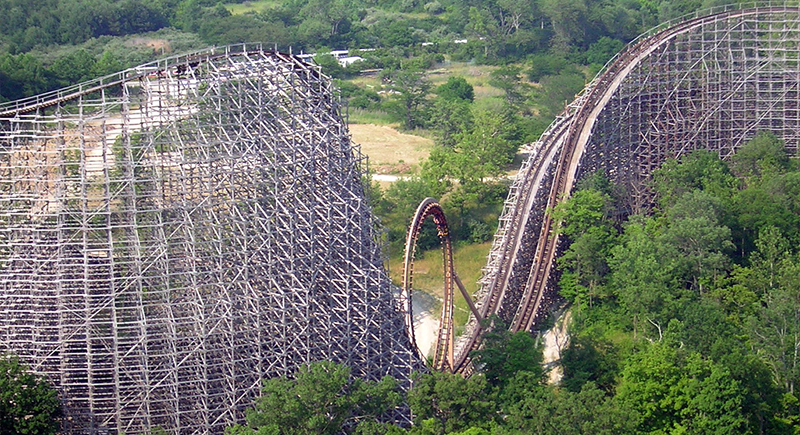
Credit: Wikimedia Commons
Designers gave this coaster a vertical loop, something no other had attempted. Son of Beast made news, but most guests left talking about how rough it felt. The sheer scale looked impressive, but it delivered more discomfort than fun. And no one tried to build another similar wooden coaster after that.
Body Wars – Epcot
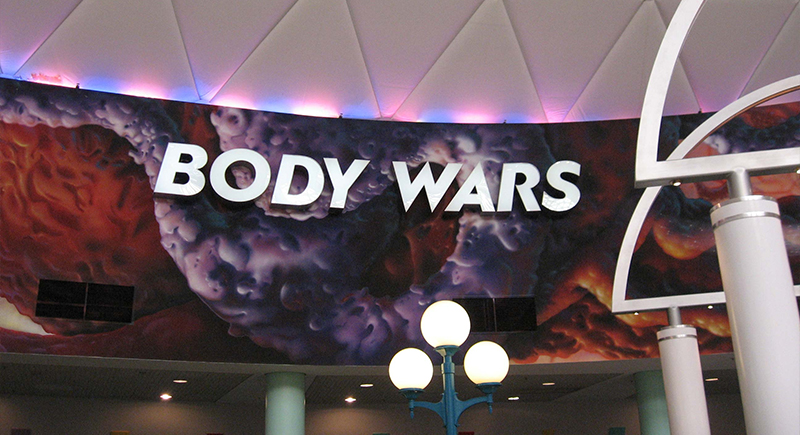
Credit: Wikimedia Commons
The premise behind Body Wars, a simulator that used the same ride system as Star Tours, was a high-speed rescue mission within the bloodstream. It opened with the goal of blending education and thrill, but motion sickness complaints became common. The technology worked, but unfortunately, the concept never sparked interest in the way Disney hoped.
Twister… Ride It Out – Universal Orlando
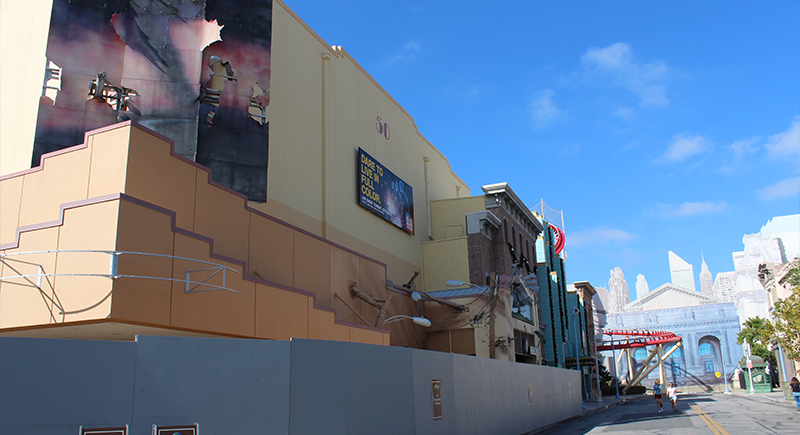
Credit: Wikimedia Commons
Inside a collapsing movie set, this effects-based attraction put guests face-to-face with a staged tornado. It used wind machines, water, and falling debris to recreate scenes from the 1996 film. For a while, it filled the gap between thrills and shows.
Maelstrom – Epcot’s Norway Pavilion

Credit: Wikimedia Commons
Boats floated past Vikings, trolls, oil rigs, and a chilly fjord, often switching direction mid-ride in the Maelstrom. However, once Frozen became a global hit, Disney re-themed the attraction into Frozen Ever After, retaining the original layout while replacing all story elements and visuals.
Backdraft – Universal Studios Hollywood & Japan
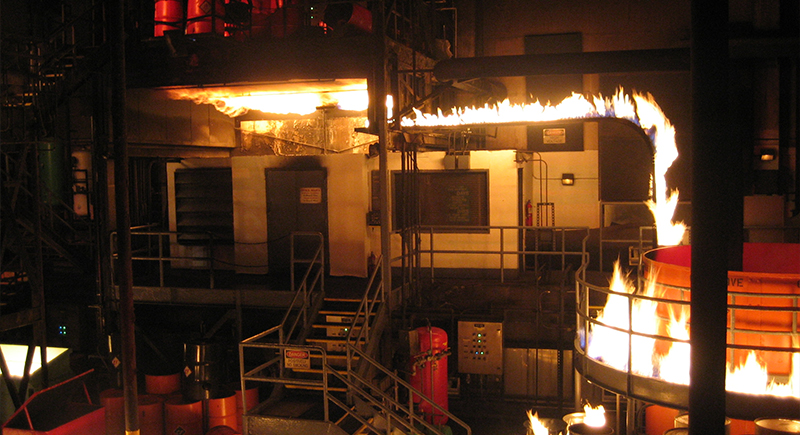
Credit: Wikimedia Commons
Backdraft recreated a warehouse fire using real heat, timed explosions, and collapsing walls to simulate a movie set gone wrong. Universal marketed it as a behind-the-scenes event, but it no longer drew crowds the way newer, character-driven shows could. The attraction eventually ceased to exist in both parks.
Poseidon's Fury – Universal Orlando
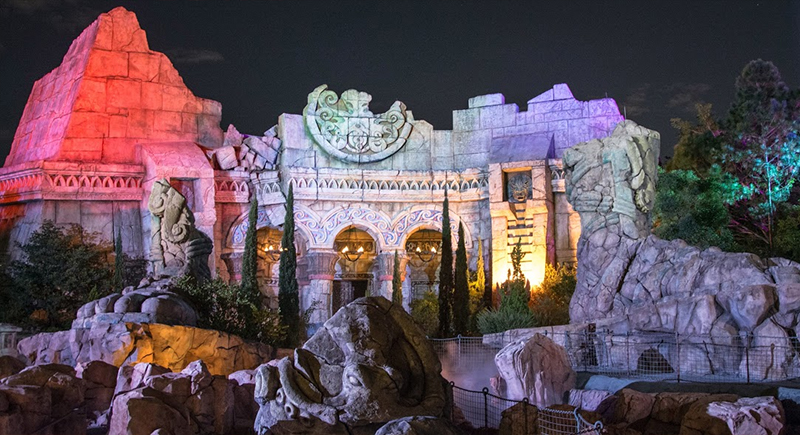
Credit: Wikimedia Commons
Fire bursts, water tunnels, and a live-action temple collapse were all part of Poseidon's Fury, a walk-through attraction with practical designs. Crowds shrank steadily, and after years of questions about its future, the experience officially closed in 2023, and no replacement was announced.
Honey, I Shrunk the Audience! – Disneyland & Epcot

Credit: Instagram
Disney’s 3D sequel to the Honey, I Shrunk the Kids films turned a science demo into a sensory experience, with oversized mice and in-theater impressions. It was part of Disney’s push toward 4D theaters in the 1990s.
20,000 Leagues Under the Sea – Magic Kingdom

Credit: flickr
After boarding submarine-style vehicles, parkgoers toured undersea scenes through faux portholes surrounded by bubbling lights and darkened waters. It was immersive by older standards, but long boarding times held it back.
Wacky Soap Box Racers – Knott’s Berry Farm
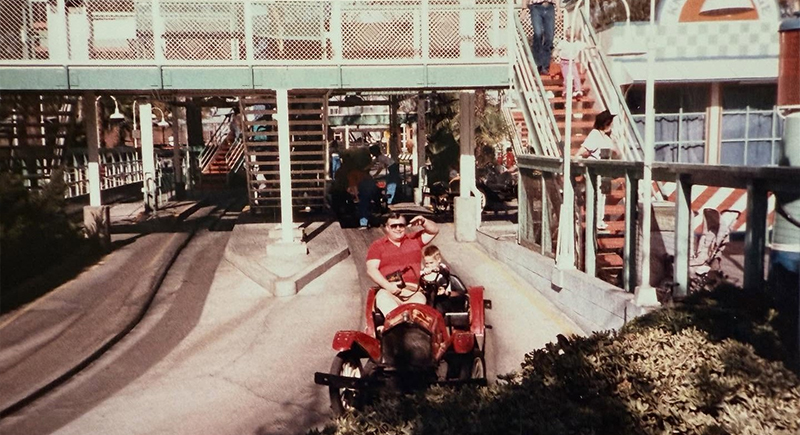
Credit: Instagram
Wacky Soap Box Racers sent guests via cartoon-style sets filled with oversized props and sound gags. It gave younger visitors a break from the thrill-heavy lineup Knott’s was building. However, the ride was dismantled to make space for more intense coasters.
Vortex – Kings Island
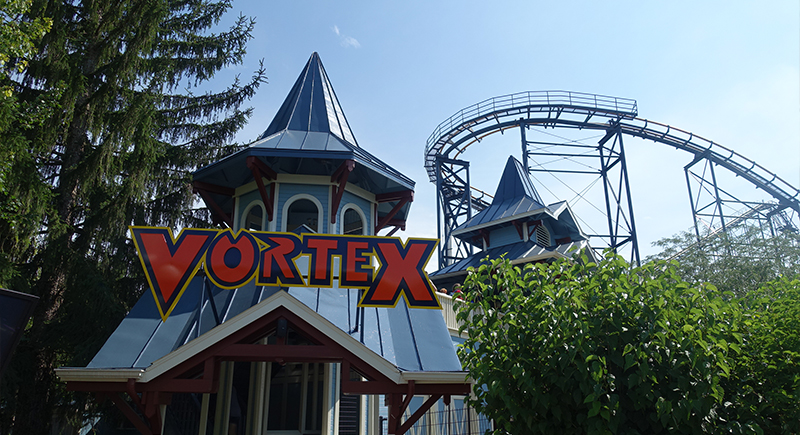
Credit: flickr
This was one of the first roller coasters to feature six inversions, including corkscrews, a vertical loop, and a batwing. It was designed to show off the latest steel coaster tech, and for a while, it did just that. Still, in 2019, Kings Island closed Vortex after more than 33 million rides.

